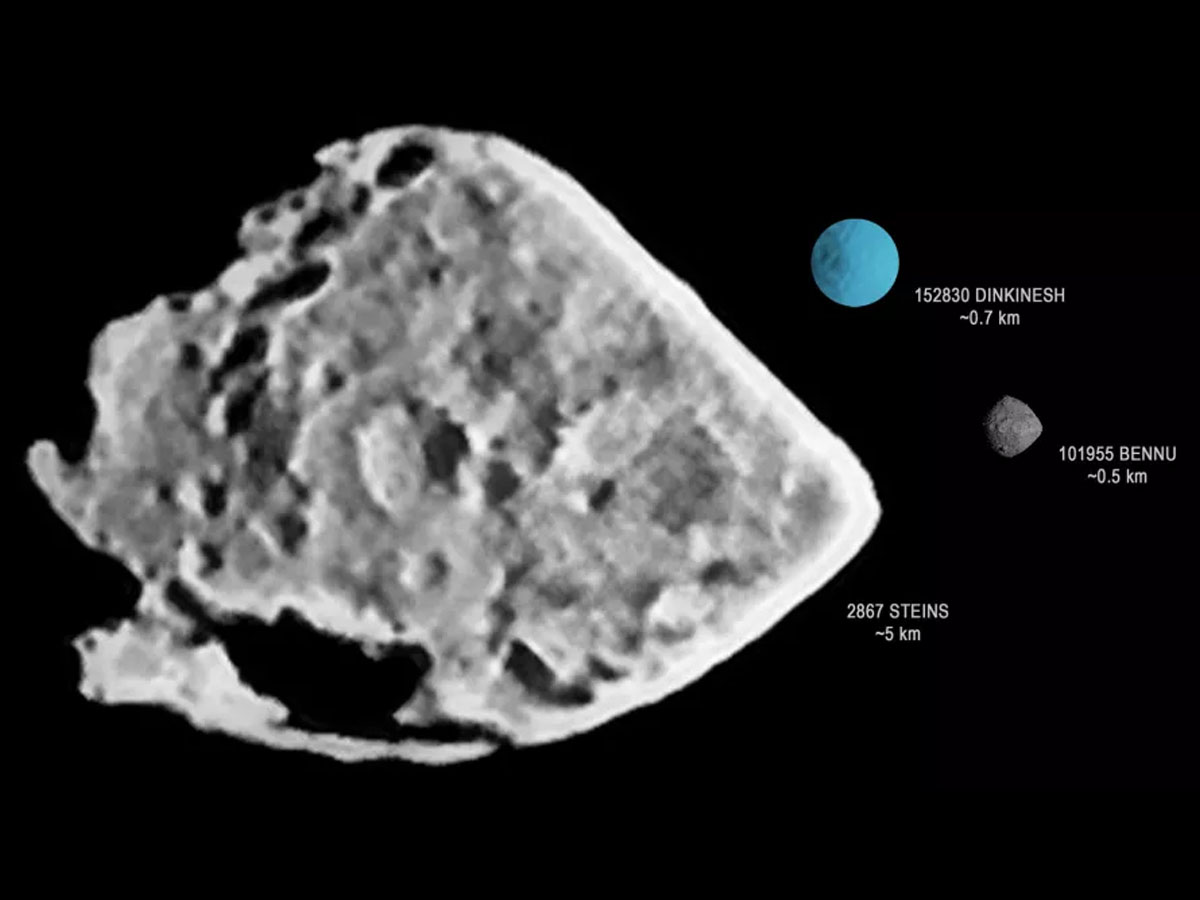In an unprecedented voyage of cosmic exploration, NASA's Lucy spacecraft is primed to make history. This November, Lucy will embark on an exceptional journey, making its debut flyby of an asteroid and delving into the deep mysteries of space.
As the first explorer of the Trojan asteroids near Jupiter, Lucy will venture into uncharted territory, revealing fresh insights into our solar system's origins. This pioneering endeavor promises to captivate scientists and space enthusiasts while unraveling the secrets of the celestial bodies that orbit alongside Jupiter.
The Lucy Spacecraft and Its Mission
In an astounding display of engineering and space travel, Lucy, NASA's pioneering spacecraft, is charting a new course in cosmic exploration. The heart of Lucy's mission lies in unraveling the enigmatic beginnings of our solar system by inspecting a group of ancient asteroids.
A significant accomplishment was made recently when Lucy adjusted its trajectory, all the while traveling at a staggering speed of 42,000 mph. This adjustment was far from trivial. In fact, it was instrumental in aligning Lucy's path closer to the asteroid Dinkinesh by a jaw-dropping 40,000 miles.
Venturing near Jupiter, Lucy's mission target is the Trojan asteroids, a group of space rocks that accompany Jupiter in its orbit around the Sun. These celestial bodies hold invaluable clues about the genesis of the solar system.

like silent witnesses, they've been around since the nascent stages of our solar system. Studying these asteroids could shed light on the fundamental processes that led to the planets' formation and the solar system's evolution.
The importance of Lucy's mission extends far beyond its exploratory scope. This spacecraft is anticipated to revolutionize our understanding of planetary origins and the evolution of our solar system.
By scrutinizing the Trojan asteroids, Lucy is poised to provide unprecedented data that could help scientists decode the age-old secrets of the universe, offering a unique perspective into the celestial mechanisms that have shaped our world.
Lucy's Encounter with Dinkinesh
As Lucy steadily approached Dinkinesh, meticulous adjustments were made to ensure a successful encounter. On May 9, a trajectory correction maneuver was performed, enabling Lucy to align its course for the imminent encounter with Dinkinesh.
This critical operation resulted in a velocity change of approximately 7.7 mph. This seemingly minor alteration was pivotal, as it brought the spacecraft nearly 40,000 miles closer to the asteroid, setting the stage for a grand rendezvous in November.

The much-anticipated flyby of Dinkinesh, with Lucy hurtling past at a relative speed of 10,000 mph and at a distance of a mere 265 miles, marks a significant milestone in this mission. Dinkinesh, which intriguingly translates to "you are marvelous" in Amharic, is the smallest main asteroid belt object ever explored, rendering this operation an essential step in the scientific journey of understanding the universe.
The Trajectory Correction Maneuver and Its Impact
The trajectory correction maneuver executed on May 9 was no small feat. Resulting in a speed change of approximately 7.7 mph, this operation played a crucial role in aligning Lucy's course for the encounter with Dinkinesh. The attention to such minute details exemplifies the meticulous planning and execution needed in space exploration, ensuring Lucy is on the right trajectory for its historical encounters.
With the first encounter fast approaching, the Lucy team is diligently analyzing data collected from the spring instrument calibration campaign and making necessary preparations for the mission's initial asteroid encounter. The spacecraft's trajectory continues to be carefully monitored, allowing for further adjustments if required.
Lucy's Journey Beyond Dinkinesh
Once Lucy concludes its exploration of Dinkinesh, the spacecraft will set its sights on its next target, the main belt asteroid (52246) Donaldjohanson, anticipated for a visit in April 2025. Beyond that, between 2027 and 2033, Lucy is set to visit eight Trojan asteroids. These encounters will provide an unparalleled opportunity to gather data on different classes of space rocks, each revealing unique insights about our cosmic neighborhood.

Lucy's mission stands out in the annals of space exploration. With plans to visit a remarkable number of destinations around the Sun, Lucy's itinerary is nothing short of extraordinary. This remarkable journey will undeniably provide scientists with a wealth of data, further deepening our understanding of the cosmos.













